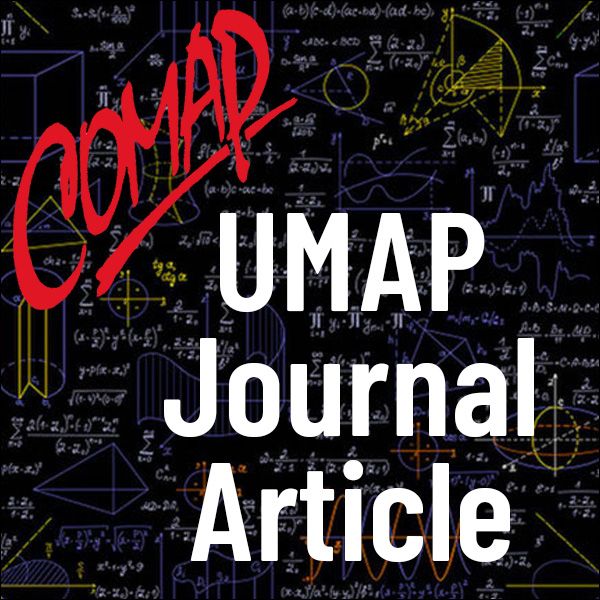Maximizing Interactions in Class and at Social Mixers
Author: Rick Gillman
Introduction
Have you ever noticed that at parties, wedding receptions, and class reunions, people tend to hang out with the people whom they already know rather than to mingle with everyone else? Not surprisingly, faculty have this same problem in their classrooms. Students tend to sit with their friends and are reluctant to meet and work with the other students in the class.
While this may not be a problem in a generic lecture course, it can be a significant problem in courses where students routinely work in small groups. Unless they are regularly reassigned to groups, students can get stuck in a group of strong students or a group of weak students, or with someone who doesn't pull their own weight for the entire semester. All of these situations hinder the professor's ability to assess a student's individual work accurately.
If students are asked to form new groups on their own, they frequently try to re-form to be with acquaintances again, to be with students at the same skill level, or to avoid "problem" students. As an alternative, the professor could spend a lot of time carefully constructing new groups; but then students who are in groups that they don't want to be in feel "stuck" there by the professor, and this generates negative feelings. We have found an alternative solution in the Quantitative Problem Solving course at Valparaiso University. In this course, students usually work in seven groups of four, with each group at a small table. To address the problems described above, each time new groups are formed, we ask the students to rearrange themselves according to the following two rules:

Mathematics Topics:
Application Areas:
You must have a Full Membership to download this resource.
If you're already a member, login here.